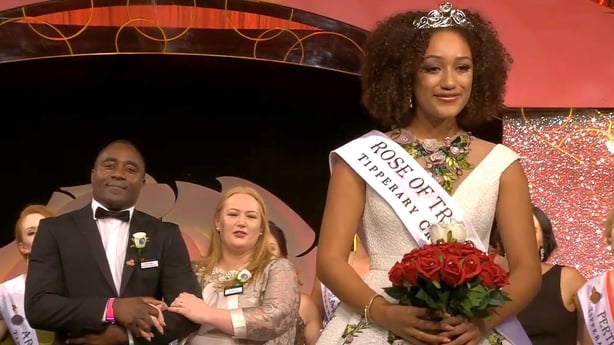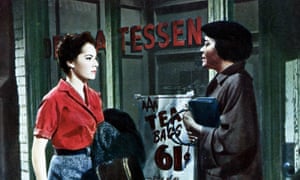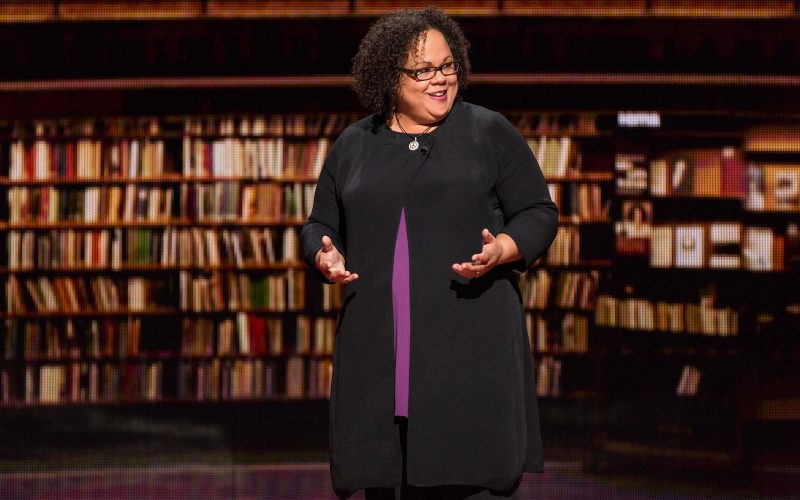“A Part, and Apart”: Passing and Belonging as a Multiracial PersonPosted in Articles, Asian Diaspora, Autobiography, Identity Development/Psychology, Media Archive, Passing, United States on 2018-08-24 21:14Z by Steven |
“A Part, and Apart”: Passing and Belonging as a Multiracial Person
Psychology Today
2018-08-21
Tiffany McLain, LMFT
San Francisco, California
Here’s how to navigate passing and belonging as a multiracial person.
Tiffany note: For the past few months, I have been writing about the experience of white mothers of biracial children. For the next set of articles in this series, I will be sharing the stories of white fathers of biracial children. The following article is a brief interlude that invites us to consider the experience of the biracial person who has been raised by a white mother, despite being multiethnic.
The following article is written by Bay Area psychotherapist, Deva Segal, MFT. In it, she describes the experience of being a light-skinned biracial person in a society that desires a clear binary when it comes to racial identifications…
…Over the course of my life, I have identified myself in many ways: half Indian-half White; just White; Other; South Asian; Desi; multiethnic; biracial; multiracial; light-skinned Indian; light-brown-but-probably-needs-to-go-back-in-the-toaster-a-little-bit-longer. In recent years, I have identified a “publicly white person and privately a person of color” in efforts to acknowledge my privilege. Still, that doesn’t always fit. Half my story is gone. Owning my own experience as a woman of color without apology while still kinda passing for white is a delightful grab bag of identity crises…
Read the entire article here.







